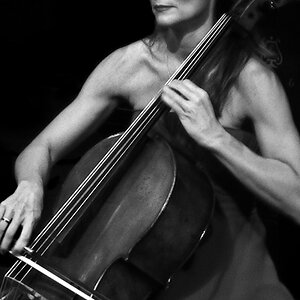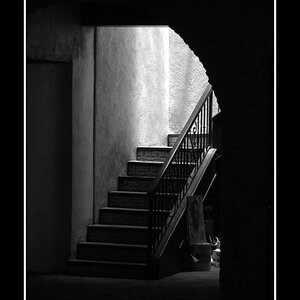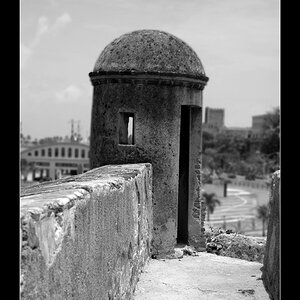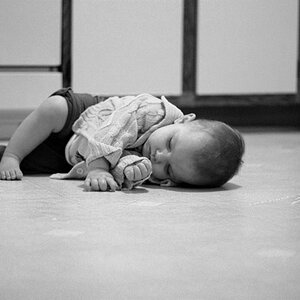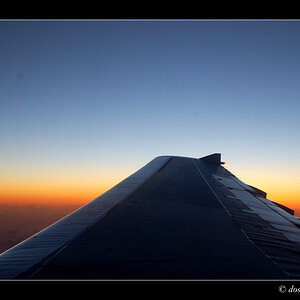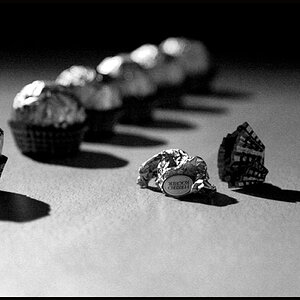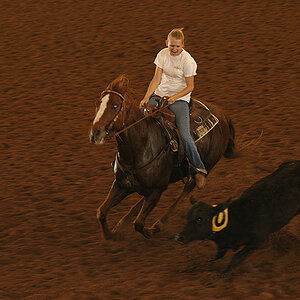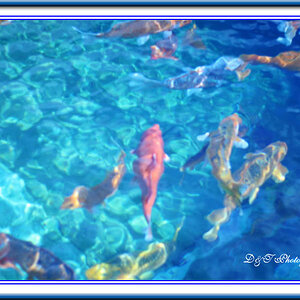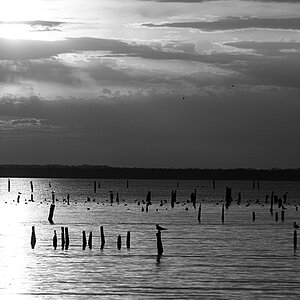Mitch1640
TPF Noob!
- Joined
- Jul 10, 2008
- Messages
- 180
- Reaction score
- 0
- Can others edit my Photos
- Photos OK to edit
im going to GA in a few days and i plan on taking some pictures of waterfalls. i do not have a ND filter to fit my new wide angle lens nor do i have money for one, why could i remedy this with exposure compensation?



![[No title]](/data/xfmg/thumbnail/37/37491-9a5a4b87cc7adab94e5cc59f2da93701.jpg?1619738112)
